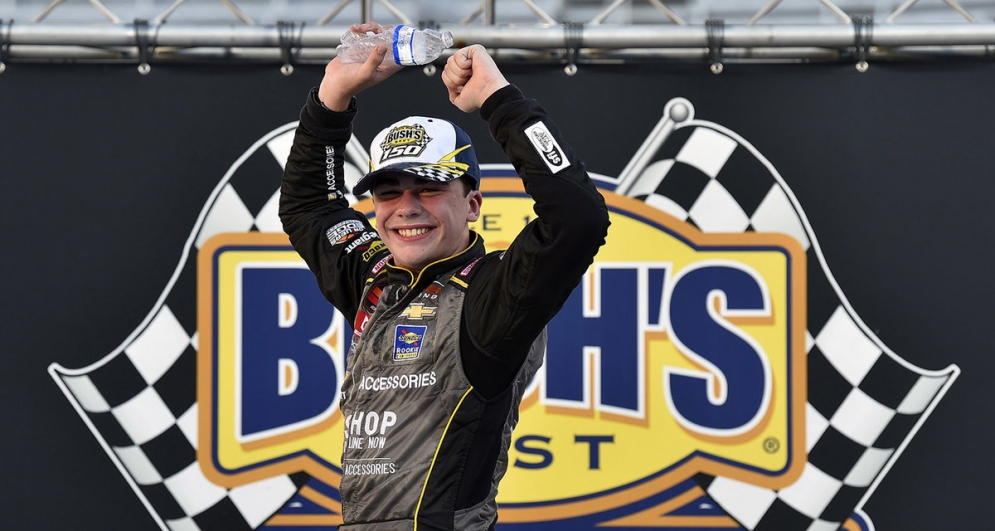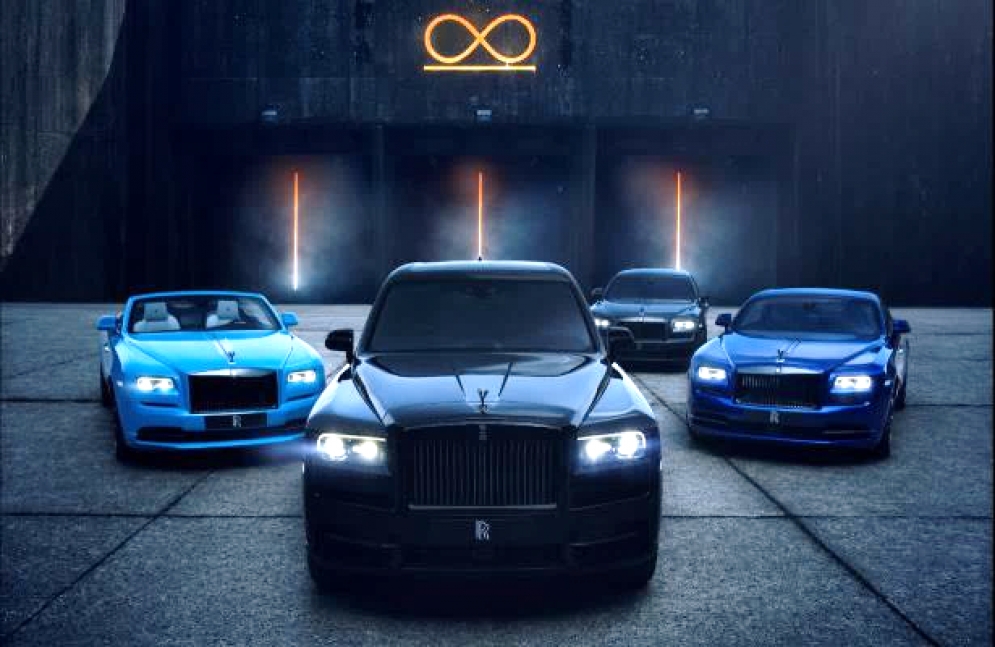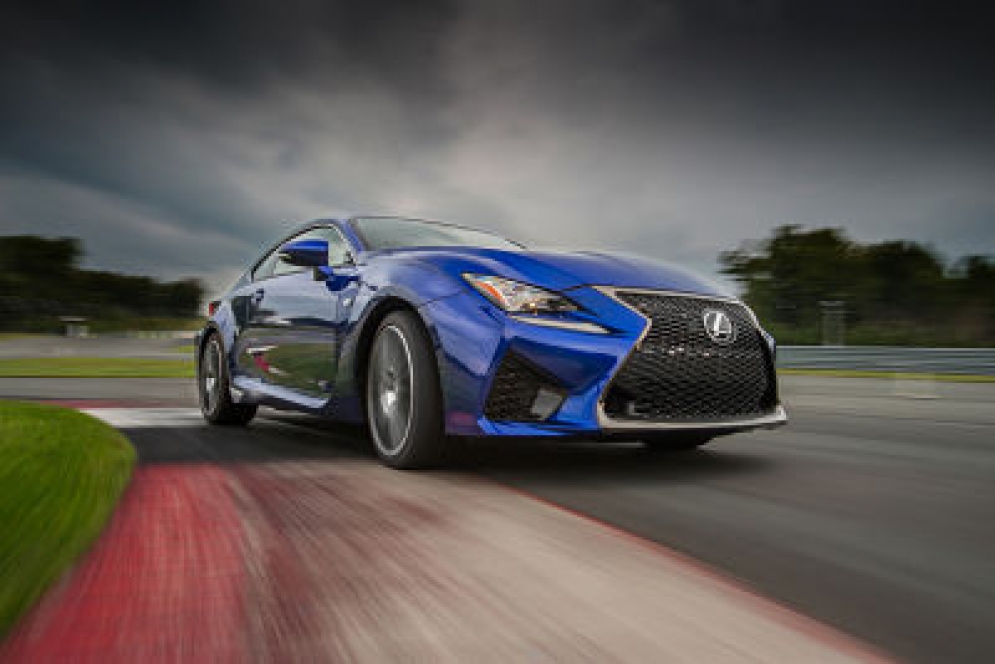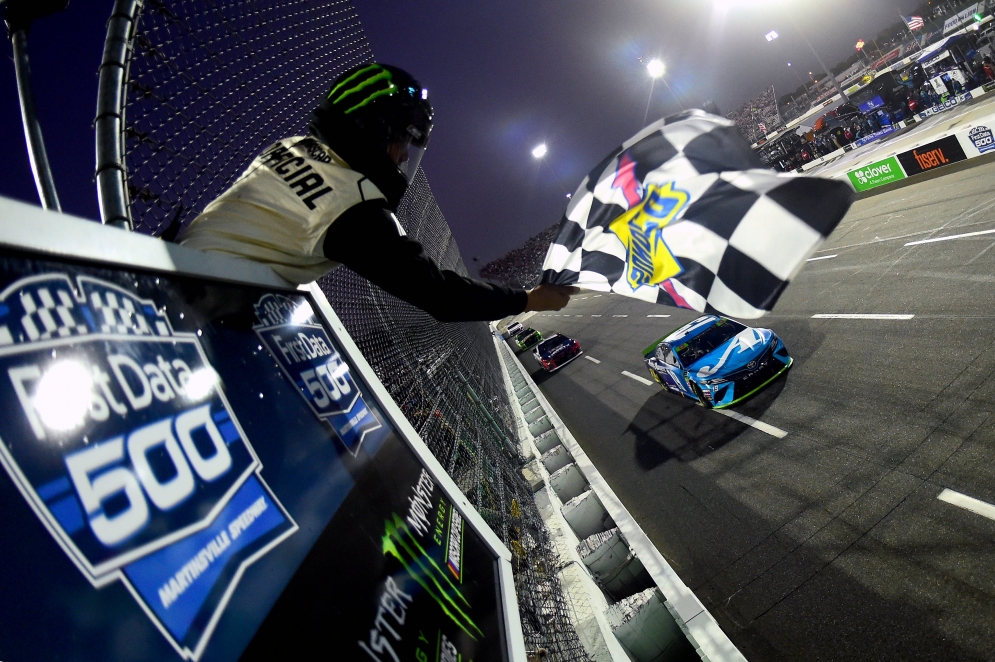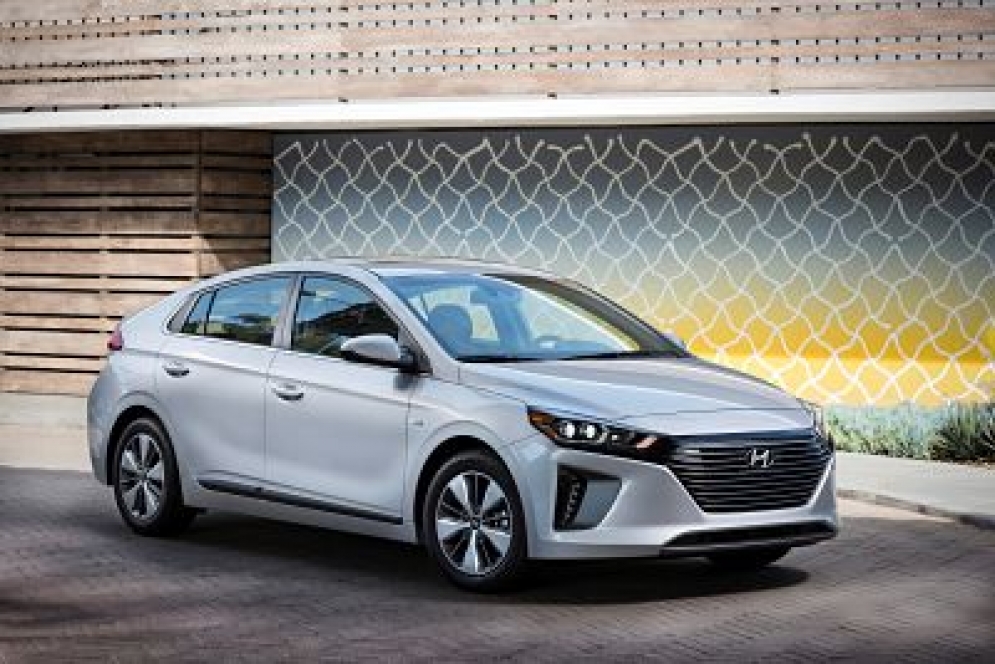The ARCA Menards Series East officially enters a new era with a seven-race slate in 2020 that will provide a mix of short-track showcases and national series companion events. The compact stand-alone schedule will also allow for the opportunity for competitors to compete for the new ten-race ARCA Menards Series Showdown championship.
The East season will kick off as the main event of the 54th World Series of Asphalt Stock Car Racing at Florida’s New Smyrna Speedway on Monday, February 10. The champion will be crowned on Saturday, September 12 at New Hampshire Motor Speedway’s Full Throttle Fall Weekend.
Sam Mayer captured the 2019 East title at 16 years of age to become the youngest national or regional series champion in NASCAR history. He’s already counting down the days until the green flag at New Smyrna.
“I am looking forward to returning to the East series to defend my title in 2020,” Mayer said. “I had so much fun racing in that series this year and learned so much at every race. The competition was tough, and I’m sure it will be even better next year. With the series combining, it will give me the opportunity to race against some new drivers and become more competitive. Hopefully we can go out and win a bunch of races and take home another East series championship.”
Rolls-Royce Motor Cars has unveiled the latest member of the Black Badge permanent Bespoke Family, Black Badge Cullinan.
One-in-five Rolls-Royce commissions are done as Black Badge with a darker image that defines the taste of a younger generation of luxury consumer.
“Black Badge reflects the desires of a distinct group of Rolls-Royce clients: men and women who take risks, break rules and build success on their own terms. The time has come for Rolls-Royce’s boldest and darkest expression of Black Badge yet. The King of the Night, Black Badge Cullinan,” said Torsten Müller-Ötvös, Chief Executive Officer, Rolls-Royce Motor Cars.
This Rolls-Royce alter ego is marked with the mathematical symbol representing a potential infinity placed discreetly throughout the motor car. This marking was first applied to Sir Malcolm Campbell’s record-breaking Rolls-Royce-powered Blue Bird K3 hydroplane.
While it’s important to be practical with your vehicle choices, if you have the means it’s also nice to have some fun — and there are quite a few vehicles out there that will let you do exactly that.
One such ride is the 2019 Lexus RC350 F Sport, a luxury sport coupe that offers no shortage of thrills. Read on for a full report.
LOOKS
One look at the RC350 and you know it’s a hot rod.
From the aggressive front grille to its low-to-the-ground status, it gives off racy vibes. The exterior design is a work of art, with a beautiful, sleek design — a contender for best look in the class.
Point blank: THe RC350 is designed for speed and a fun driving experience.
It’s not set up for driver comfort, especially on longer drives (this isn’t a cushy SUV). The sport-style seating hugs the driver tight into the seat.
The back seat is strictly for storage, not people. Unless perhaps it’s a small child, and the people sitting up front are very short. Realistically, think of this vehicle as a 2-seater.
The seats are very low to the ground, and you really sink into the vehicle. This is a Lexus, so you’re going to have high-end materials inside. You’ll be greeted by quality leather seating and other high-end materials.
Options include triple-beam LED headlamps (a $1,160 option); Power moonroof ($1.1K) and heated steering wheel ($150).
Additional Info
- Vehicle 2019 Lexus RC350 F Sport
- Price as tested $58,010
- Best feature An absolute blast to drive
- Rating 3.5 out of five stars
- Who will want this vehicle? Folks looking for a fun, sporty luxury ride
Things were heating up this weekend in Martinsville, both on the track and on pit road afterward. Here are my takeaways on what we learned this week in terms of the championship fight, and what that Logano-Hamlin fight was really all about.
Truex is top dog at Gibbs, Busch in the dumps
There is no more debate to be had. After his thoroughly dominating run to the checkered flag at Martinsville, Martin Truex Jr. and the 19 team are clearly the best chance that Joe Gibbs Racing has to win the Cup title this year.
Even if Truex, Hamlin and Kyle Busch all make it to the Homestead 4 (which at this point is very possible), former team leader Kyle Busch probably has the lowest chance at winning the title of the three. And honestly, the way things are going, he might not even be in the Final Four.
He’s been inching backward toward being a mid-pack car for what seems like a very long time now, he can’t figure out how to drive with this aero package as well as his teammates, and quite frankly doesn’t seem happy most of the time.
As the automotive world becomes electrified more each year, there is a race to get people further and further on electric power only. But it’s not all pure EVs.
The market for plug-in hybrids is still out there, with the potential to get people great fuel mileage with a bit of an electric boost.
One such entry is the 2019 Hyundai Ioniq Plug-In Hybrid, which I recently got a chance to test. Here’s a full report on how it stacks up in the hybrid arms race.
LOOKS
First introduced in 2017, the Ioniq features a standout design compared to other plug-in hybrids, including a shark-fin style antenna on top.
Unlike some other vehicles in this class, you wouldn’t know it’s a plug-in hybrid if nobody told you. It blends in quite well.
There are 16-inch alloy wheels, plus LEDs all around on its headlights, daytime running lights and taillights.
The inside of the Ioniq is roomy for the class and well-designed, but not fancy. This isn’t a luxury model — but it doesn’t look or feel cheap either..
My test vehicle was a high-end Limited trim level and featured leather seating and heated front seats. It also had a leather-wrapped tilt and telescopic steering.
Additional Info
- Vehicle 2019 Hyundai Ioniq Plug-in Hybrid
- Price as tested $33,335
- Best feature You’ll rarely visit the gas station
- Rating 4 out of five stars
- Who will want this vehicle? Anyone seeking a modern, eco-friendly and affordable plug-in hybrid

AutoTechReviews is your home for In-depth reviews of the latest cars, trucks, and SUVs; information on all the emerging vehicle technology; and breaking news from the world of NASCAR and other motorsports.
